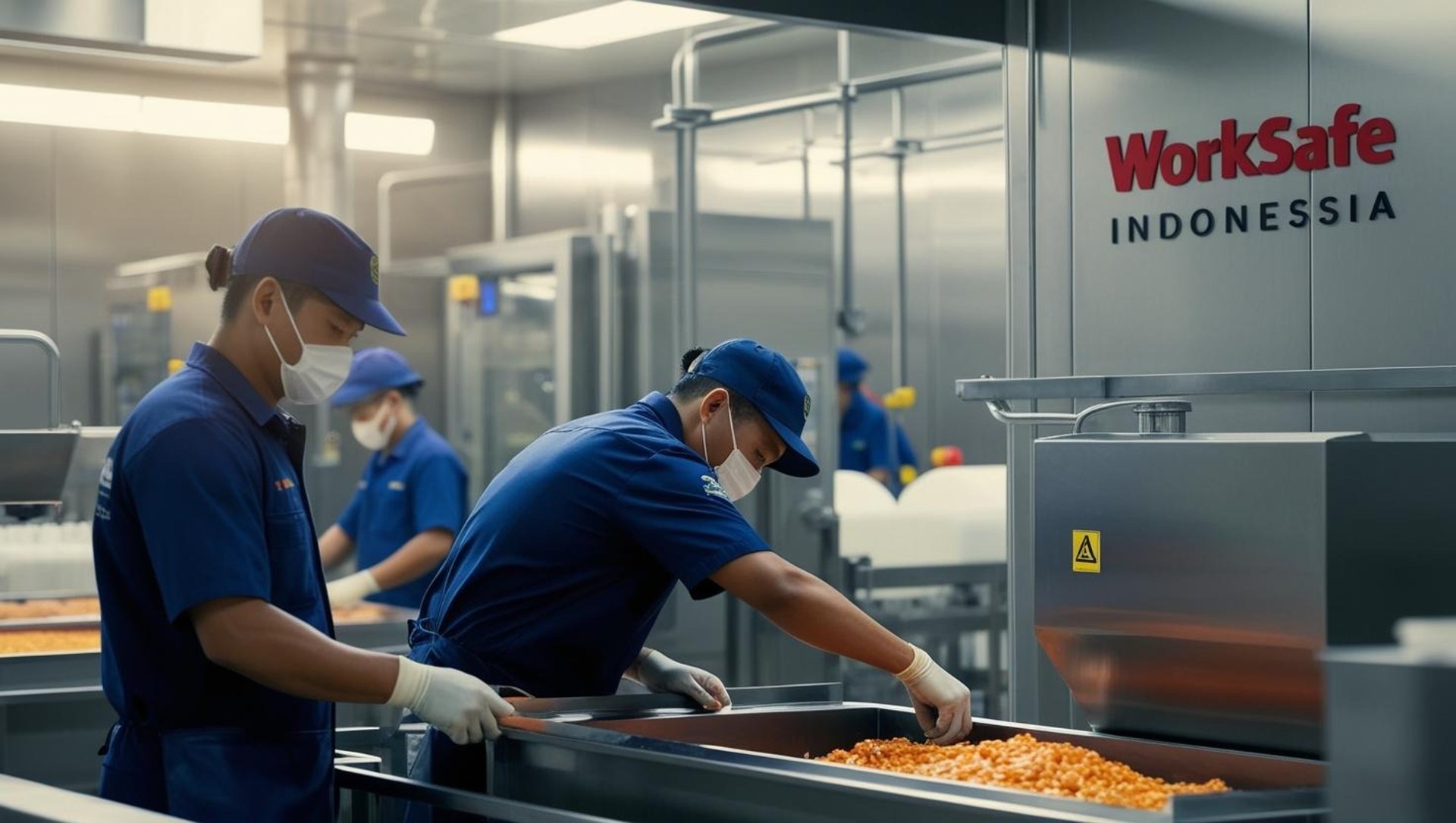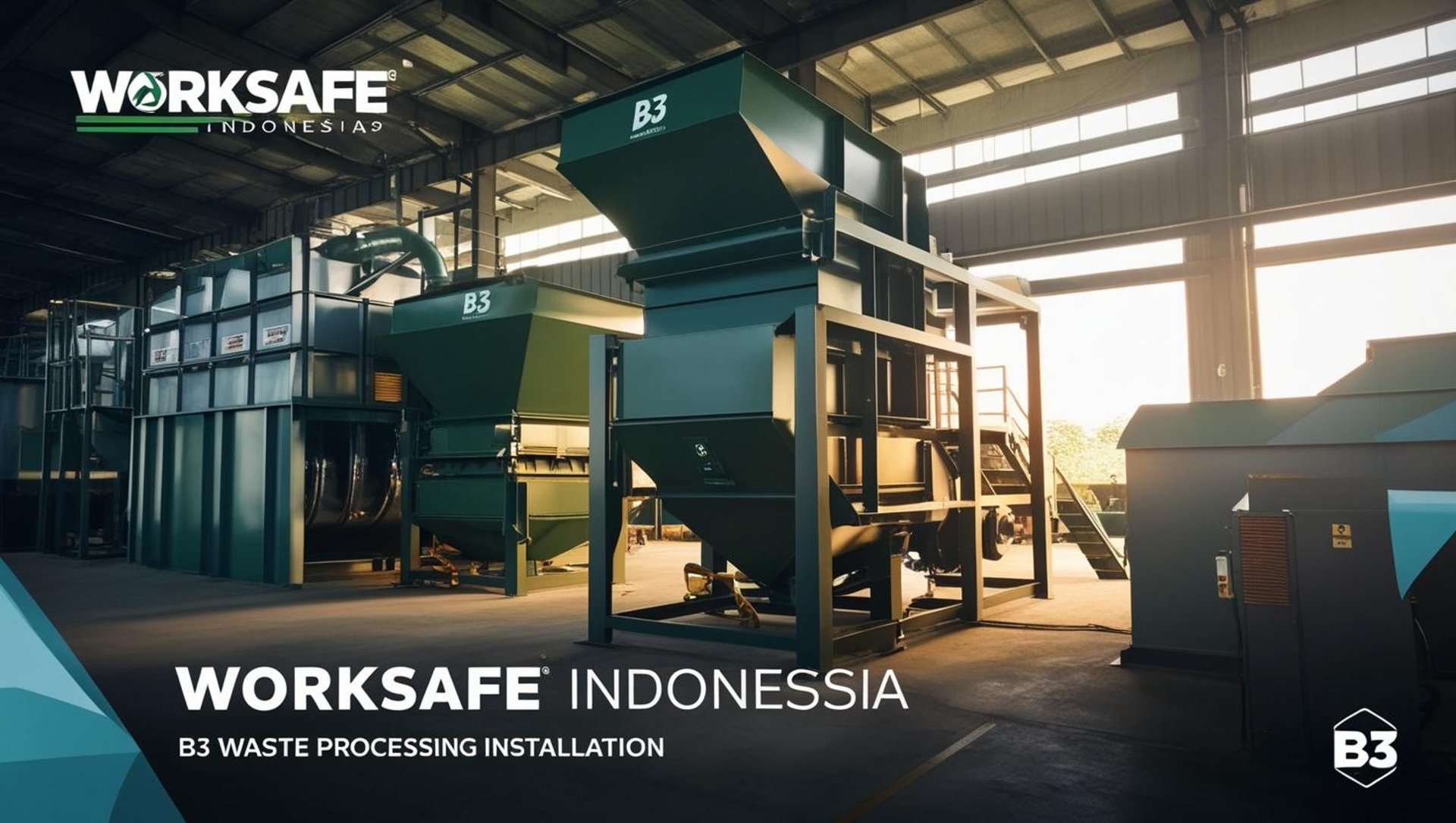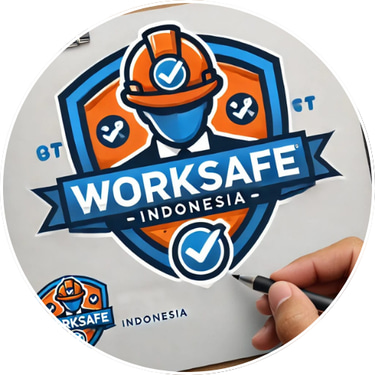
Promoting All About Safety, Health and Environmental
Hazard Analysis and Critical Control Point ( HACCP )
HACCP (Hazard Analysis and Critical Control Point), which is a food safety management system used to identify, evaluate, and control hazards that are significant to food safety.
Septian Indra
4/16/20251 min read


HACCP (Hazard Analysis and Critical Control Point), which is a food safety management system used to identify, evaluate, and control hazards that are significant to food safety.
Brief Explanation:
HACCP focuses on prevention rather than final product inspection. This system is used in the food and beverage industry to ensure that the products produced are safe for consumption.
7 Basic Principles of HACCP:
1. Hazard Analysis: Identification of potential hazards (biological, chemical, physical) in the production process.
2. Determining critical control points (CCP - Critical Control Points): Points where control is essential to prevent or eliminate hazards.
3. Establishing critical limits at each CCP.
4. Establishing a monitoring system to ensure CCPs are under control.
5. Establishing corrective actions if monitoring shows deviations.
6. Establishing verification procedures to ensure the HACCP system is running effectively.
7. Documenting all procedures and records as evidence of system implementation.
Keep Safe Be Safe !!

